As of September 2025
1. Executive Summary
The Fast-Moving Consumer Goods (FMCG) sector represents one of the largest global industries, encompassing food & beverages, personal care, household products, and over-the-counter (OTC) goods. It is characterized by high volume, low margin products with rapid turnover. The global FMCG market is experiencing robust growth driven by urbanization, rising incomes, and digital penetration. India, as the fourth largest FMCG market, continues to outpace global averages with significant rural consumption potential.
Source: IMARC Group, Grand View Research, Mordor Intelligence
2. Industry Overview
FMCG products include packaged food, beverages, toiletries, over-the-counter drugs, and household consumables. Historically dominated by offline retail, the industry is undergoing transformation through e-commerce, digital marketing, and sustainability initiatives. India’s FMCG sector is driven by rural markets, accounting for ~36% of total FMCG spending.
Source: World Bank, IMARC Group, KPMG India
3. Market Size & Growth Trends
Global FMCG market was valued at approximately USD 11 trillion in 2024 and is expected to reach USD 16 trillion by 2030, at a CAGR of 6.3%. India’s FMCG market stood at ~USD 121 billion in 2024 and is projected to grow to USD 220 billion by 2030, at a CAGR of 9.6%. Growth is fueled by digital payments adoption, organized retail, and increasing rural demand.
Source: Grand View Research; IMARC; Mordor Intelligence


4. Market Segmentation
By Category:
-
- Food & Beverages (~50%),
-
- Personal Care (~20%),
-
- Household Care (~15%),
-
- Healthcare & OTC (~15%).
By Distribution:
-
- Traditional Retail (~60%),
-
- Modern Trade (~20%),
-
- E-commerce (~20%).
By Geography:
-
- APAC (largest, fastest-growing),
-
- North America,
-
- Europe,
-
- LATAM,
-
- MEA.
Source: IMARC Group; Euromonitor; Mordor Intelligence

5. Major Global Players
- Nestlé: World’s largest FMCG company, with presence in 190+ countries; strong in food, beverages, nutrition.
- Procter & Gamble (P&G): US-based consumer goods leader; portfolio includes Tide, Pampers, Gillette, with global distribution.
- Unilever: Anglo-Dutch multinational; 400+ brands across food, home care, personal care; strong in Asia & Africa.
- Coca-Cola: Global beverage giant with operations in 200+ countries; leading in carbonated and non-carbonated drinks.
- PepsiCo: Diversified FMCG player across snacks and beverages, with distribution reach spanning 180+ countries.
Source: Company Annual Reports; Statista; Euromonitor
6. Major Indian Players
- Hindustan Unilever Limited (HUL): India’s largest FMCG company; market leader in personal care and home care, with products in 9 million retail outlets.
- ITC Limited: Diversified conglomerate; FMCG division includes packaged food, personal care; strong rural distribution via e-Choupal.
- Dabur India: Leading Ayurveda and natural products company; strong rural presence with ~60% revenue from rural India.
- Britannia Industries: Dominant bakery and dairy products firm; distribution across 80+ countries.
- Marico: Specializes in edible oils, hair care, wellness; strong presence in India, Middle East, Africa, and South Asia.
Source: Company Websites; MCA Filings; IMARC Group
7. Key Drivers & Challenges
Drivers:
-
- Rising incomes,
-
- Urbanization,
-
- Digital commerce,
-
- Organized retail,
-
- Health-conscious consumer trends.
Challenges:
-
- Raw material inflation,
-
- Supply chain volatility,
-
- Regulatory compliance,
-
- Intense competition.
Source: IMARC Group; Deloitte FMCG Outlook 2025
8. Technological Advancements
E-commerce and digital payments integration, AI-driven demand forecasting, blockchain-enabled supply chains, and sustainable packaging innovations are reshaping FMCG.
Source: PwC; Accenture Reports
9. Regulatory Environment
India: FSSAI guidelines, Legal Metrology Act, Consumer Protection Act, FDI policies.
Global: EU food labeling, US FDA regulations, sustainability reporting frameworks (GRI, ESG).
Source: FSSAI; EU Commission; US FDA
10. Consumer Trends
Growing preference for health & wellness products, clean labels, sustainable packaging, and digital-first shopping behavior are shaping the FMCG market.
Source: NielsenIQ; McKinsey Consumer Reports
11. Supply Chain & Operations
FMCG supply chain: Manufacturing → Warehousing → Distribution → Retail → Consumer.
Challenges: Cold chain infrastructure gaps, rising logistics costs, demand forecasting.
Source: Deloitte; PwC India
12. Future Outlook & Investor Recommendations
Future Outlook
- Global Growth: FMCG market expected to exceed USD 16 trillion by 2030, driven by population growth, urbanization, and premiumization.
- India Momentum: India FMCG market projected to double to ~USD 220 billion by 2030, supported by rural consumption and digital adoption.
- Digital Transformation: E-commerce and D2C (direct-to-consumer) channels will capture a growing share of FMCG sales (~25% by 2030).
- Health & Sustainability: Rising demand for health-oriented, clean-label, and eco-friendly products.
- Consolidation & M&A: Increasing M&A activity as global majors expand footprints in emerging markets.
- Supply Chain Innovation: Investments in cold chain, AI-based forecasting, and blockchain traceability expected to improve efficiency.
Investor Recommendations
- Focus on Emerging Markets: Allocate capital toward India, Southeast Asia, and Africa, where FMCG penetration and rural demand are rising.
- Back Digital-First Companies: Prioritize FMCG firms leveraging e-commerce, D2C platforms, and omnichannel strategies.
- Sustainability Premium: Favor companies investing in sustainable packaging, ESG compliance, and green supply chains.
- Diversify by Category: Balance exposure between staples (resilient demand) and premium categories (high margin growth).
- Bet on Rural Reach: In India, support firms with strong distribution networks and rural penetration (HUL, Dabur, ITC).
- Watch Input Cost Volatility: Be selective on firms with hedging strategies and diversified sourcing to offset raw material inflation.
- M&A & Consolidation Plays: Monitor acquisition opportunities in regional FMCG brands with strong local loyalty.
- Long-Term Horizon: FMCG remains a defensive, low-risk sector with steady cash flows — suitable for stable portfolio allocation.
Source: IMARC Group; Grand View Research; Bain & Co.
13. Glossary of Terms
- FMCG (Fast-Moving Consumer Goods): Products with high turnover, low margins, and frequent purchase cycles (e.g., packaged food, personal care, beverages).
- CAGR (Compound Annual Growth Rate): The rate at which an investment or market grows annually over a specified period.
- SKU (Stock Keeping Unit): A unique identifier for each distinct product and service offered by a company.
- Staples: Essential FMCG items such as basic food and household products that enjoy consistent demand regardless of economic conditions.
- D2C (Direct-to-Consumer): A business model where companies sell products directly to consumers through online platforms, bypassing traditional retail channels.
- Omnichannel Strategy: An integrated sales approach where companies provide a seamless shopping experience across multiple platforms (offline retail, e-commerce, mobile apps).
- Rural Penetration: The extent to which FMCG companies can distribute and sell their products in rural markets, often a key growth driver in India.
- Cold Chain: A temperature-controlled supply chain used for perishable FMCG products such as dairy, frozen foods, and beverages.
- ESG (Environmental, Social, and Governance): Non-financial factors assessing a company’s commitment to sustainability, ethical practices, and transparent governance.
- Sustainable Packaging: Use of eco-friendly, recyclable, or biodegradable materials to reduce environmental impact.
- M&A (Mergers and Acquisitions): Consolidation activity in which companies buy, merge, or acquire others to expand market share or enter new categories/regions.
- Digital-First Companies: FMCG firms that prioritize digital commerce, online marketing, and technology-driven operations as their main growth strategy.
- Organized Retail: Structured and large-scale retail formats such as supermarkets, hypermarkets, and malls, as opposed to small unorganized shops.
- Unorganized Retail: Informal retail sector consisting of local kirana (mom-and-pop) stores and small vendors, dominant in India.
- Premium Categories: Higher-value FMCG segments like organic foods, luxury personal care, or fortified nutrition products with higher margins.
- Input Cost Volatility: Price fluctuations in raw materials such as edible oils, sugar, or packaging that impact FMCG profitability.
- Brand Loyalty: Consumer preference and repeat purchases of specific FMCG brands, often a driver of long-term revenue stability.
- E-commerce Penetration: Share of FMCG sales conducted through online platforms such as Amazon, Flipkart, or company-owned portals.
- Blockchain Traceability: Use of blockchain technology to track product origin and movement across the supply chain for transparency and authenticity.
- Investor Defensive Sector: FMCG is considered a “defensive sector” for investors since demand remains steady even in economic downturns.
Disclaimer: This report is for informational purposes only and should not be considered investment advice. Eqmint does not guarantee the accuracy or completeness of the information provided. Please do not make investment decisions based solely on this report; consult a qualified financial advisor before investing.
14. References
Market Size, Growth & Segmentation
-
- IMARC Group – India FMCG Market Report: https://www.imarcgroup.com/india-fmcg-market
-
- Grand View Research – Global FMCG Market Analysis: https://www.grandviewresearch.com/
-
- Mordor Intelligence – FMCG Market Trends & Forecast: https://www.mordorintelligence.com/
-
- Euromonitor International – FMCG and Consumer Trends: https://www.euromonitor.com/
-
- Statista – Global FMCG Companies Data: https://www.statista.com/
Company Information (Global & Indian Players)
-
- Nestlé – Annual Report & Investor Relations: https://www.nestle.com/investors
-
- Procter & Gamble (P&G) – Investor Relations: https://www.pginvestor.com/
-
- Unilever – Annual Report & Market Reach: https://www.unilever.com/investors/
-
- Coca-Cola – Investor Relations: https://investors.coca-colacompany.com/
-
- PepsiCo – Investor Relations: https://www.pepsico.com/investors
-
- Hindustan Unilever Limited (HUL) – Corporate Filings: https://www.hul.co.in/investor-relations/
-
- ITC Limited – Investor Relations: https://www.itcportal.com/investor/index.aspx
-
- Dabur India – Investor Information: https://www.dabur.com/investors
-
- Britannia Industries – Investor Relations: https://www.britannia.co.in/investor-relations
-
- Marico Limited – Investor Relations: https://marico.com/investors
Regulatory & Policy Framework
-
- FSSAI – Food Safety Standards Authority of India: https://www.fssai.gov.in/
-
- EU Commission – Food Labelling & Regulations: https://food.ec.europa.eu/
-
- US FDA – Food Regulations: https://www.fda.gov/
Consumer Trends & Supply Chain
-
- NielsenIQ – Consumer Insights: https://nielseniq.com/
-
- Deloitte – FMCG Supply Chain Reports: https://www2.deloitte.com/
-
- PwC India – FMCG & Retail Reports: https://www.pwc.in/
-
- KPMG India – FMCG Sector Outlook: https://home.kpmg/in/en/home.html
Future Outlook & Investor Recommendations
-
- Bain & Company – Global Consumer Products Outlook: https://www.bain.com/
-
- BCG – Global Consumer Trends & Emerging Markets: https://www.bcg.com/
-
- McKinsey & Company – The Future of Consumer Goods: https://www.mckinsey.com/
-
- Economic Times – India FMCG Growth & Consumer Shifts: https://economictimes.indiatimes.com/
-
- World Bank – Global Consumption Data: https://www.worldbank.org/


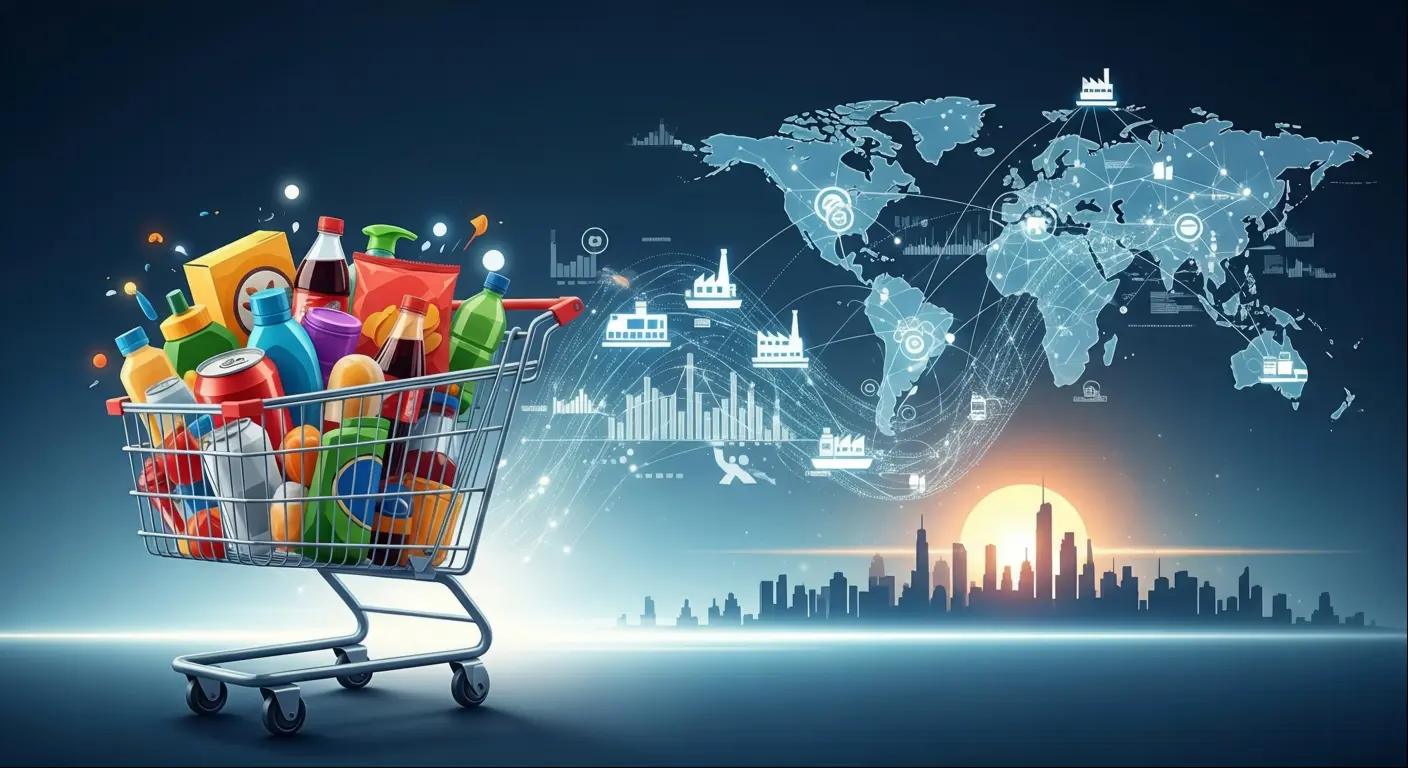
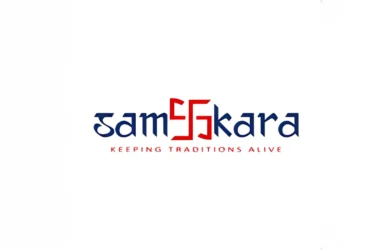
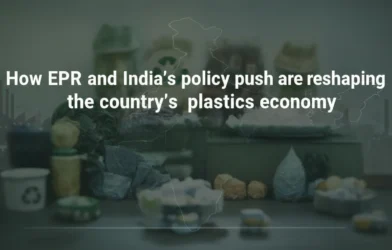
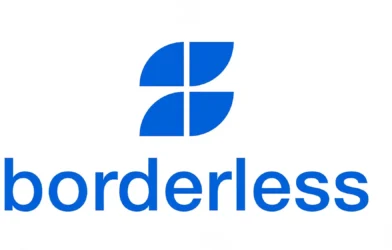
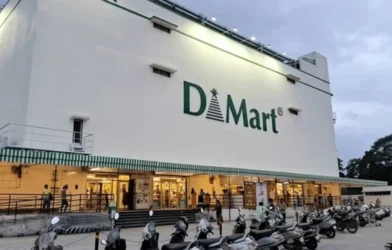
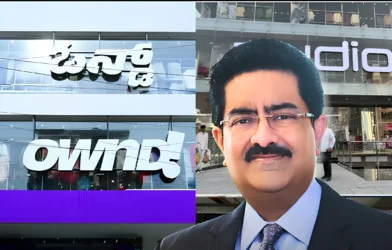


Xmc.pl
Your writing evokes harmony, where intellectual clarity and emotional resonance intertwine. Each sentence adds to a reflective rhythm, encouraging contemplative attention and slow, mindful reading. https://xmc.pl